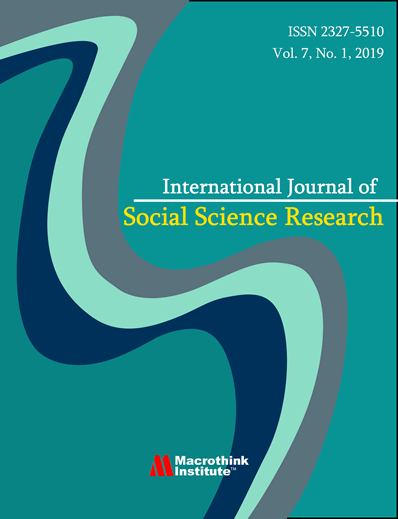An Analysis of the Latest Five Emblems of Olympic Games from the Perspective of Three Meanings of Visual Grammar
DOI:
https://doi.org/10.5296/ijssr.v10i2.19812Abstract
In a multimedia society, single-mode gradually becomes insufficient to meet the public multifaceted needs. In this case, multimodality, such as moving images, sound, text, etc., is increasingly prominent and becomes more salient in people’s lives. Accordingly, research related to multimodality discourse analysis attracts more and more scholars’ attention, yet few analyze different emblems of Olympic Games from visual grammar. Under this background, this paper will analyze the latest five emblems of Olympic Games from representational, interactive, and compositional meanings. By so doing, it aims to unfold how each emblem mirrors the three meanings mentioned above, how they are coordinated to present multimodality, what rich information is embedded in each emblem, and what visual designs reveal different cultures in different countries. Through an analysis, this paper summarizes four major findings: representational, interactive, and compositional meanings of visual grammar are reflected in emblems of Olympic Games; the three meanings coordinate to effectively convey multimodal connotations of emblems; in a multimodal discourse like an emblem, different modes, such as images, words, colors, and typography, etc., are interconnected and interacted, making contributions to representing the original information in a comprehensive manner; and finally, visual designs of different emblems of Olympic Games are deeply influenced by different countries’ unique elements, including culture, history, ideology, geography, etc. Taking all these into account, this paper tries to shed light on dissecting Olympic emblems and their designs while enriching multimodal discourse analysis.

